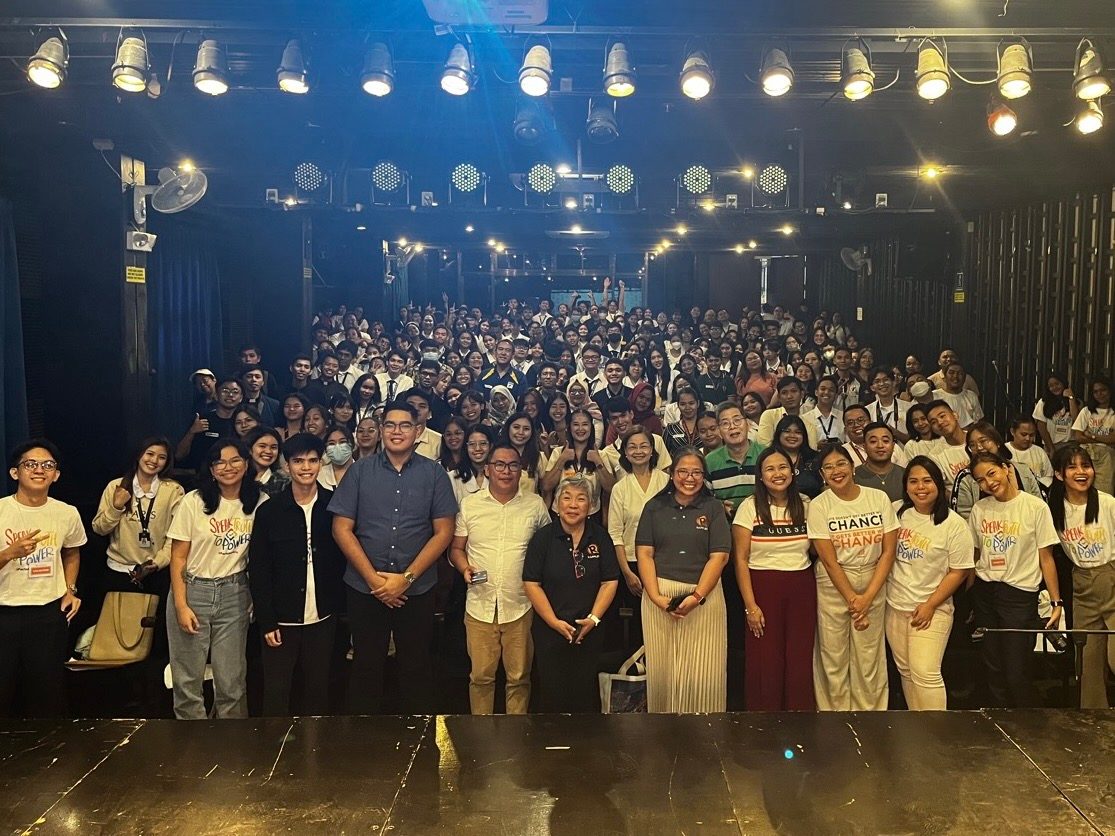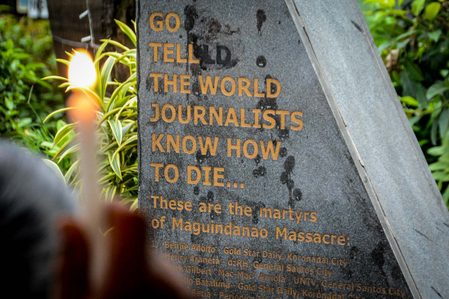SUMMARY
This is AI generated summarization, which may have errors. For context, always refer to the full article.

CAGAYAN DE ORO, Philippines – Rappler’s Head of Regions Inday Espina-Varona stressed during the third leg of the #FactsFirstPH roadshow here the important role of community journalism in highlighting the issues faced by a locality.
“No matter how big [and] how rich a media organization is…we can never have everybody in every place, in every time. And community journalists will carry out a very important task here,“ Varona said during a forum at Xavier University (XU) – Ateneo de Cagayan on Thursday, November 23.
Since local journalists have “an intimate knowledge of the landscape, Varona said they give more depth and nuances to the stories of the communities they report about.
“Because they [community journalists] are embedded, they don’t just report. They actually live the stories they report on,” she said.
“When the funds of the province are misappropriated, that results in, for example, public schools being unable to purchase books. When we talk about confidential funds, whatever it is, it is taken away from where it should be used. The impact of that is strongly felt by community journalists,” Varona added.
Challenges in community press
Varona said that most of the biggest news that impacts people and their lives actually comes from community journalists. This, however, makes them vulnerable to attacks, she said.
“Kung malapit sa kusina, malapit rin sa apoy. Ang takot dyan dahil malapit sa apoy, minsan buwis-buhay talaga ang aming trabaho, she said. (If it’s close to the kitchen, it’s also close to the fire. The fear is there because it’s close to the fire, our work is sometimes put our lives at risk.)
Varona cited the Ampatuan massacre in Maguindanao — the worst single attack so far on media workers. On November 23, 2009, at least 32 media workers were brutally killed and buried in shallow graves by the private army of Maguindanao’s erstwhile political warlords.
They were covering the filing of the certificate of candidacy of then-gubernatorial aspirant Esmael “Toto” Mangudadatu.
Fourteen years after the tragedy happened, only 44 of the nearly 200 massacre suspects have been convicted while 83 suspects are still at large.
On top of the threats to the lives of local journalists, former editor-in-chief of SunStar and XU Development lecturer Joseph Ben Deveza highlighted the business challenges faced by community newspapers.
Among these are the changes in advertising trends and affected revenues, as well as altered consumer behavior because of the internet.
In the ‘90s, SunStar Cagayan De Oro used to print 10,000 copies of newspaper daily, it went down to 1,500 in 2016, and 200 before it closed down in 2020, Deveza said.
“Revenues are the lifeblood of any newspaper and, because a lot of local ads sources have dried up or have shrunk, many local newsrooms have also shrunk and some have closed,” Deveza said.
For those who operate in shrinking newsrooms, Deveza said it means additional workload.
“Those who continue to operate shrinking newsrooms, what does this mean? It means more work for those who remain, no, and for editors and usually it’s come to a point where there’s only one or two of editors. This is looking at editing and stories, vetting stories, validating stories on your own and sometimes writing them on your own and taking photos and videos,” Deveza said.
Despite this, Deveza, who is one of Rappler’s Aries Rufo Journalism Fellow said the internet has allowed community journalists to also reach a bigger audience.
“Community newspapers may be dying but community journalism will continue to thrive because we need to sneak out, we need to get involved, and take control of our lives,” Deveza said. – Rappler.com
Add a comment
How does this make you feel?







![[DECODED] The Philippines and Brazil have a lot in common. Online toxicity is one.](https://www.rappler.com/tachyon/2024/07/misogyny-tech-carousel-revised-decoded-july-2024.jpg?resize=257%2C257&crop_strategy=attention)




There are no comments yet. Add your comment to start the conversation.